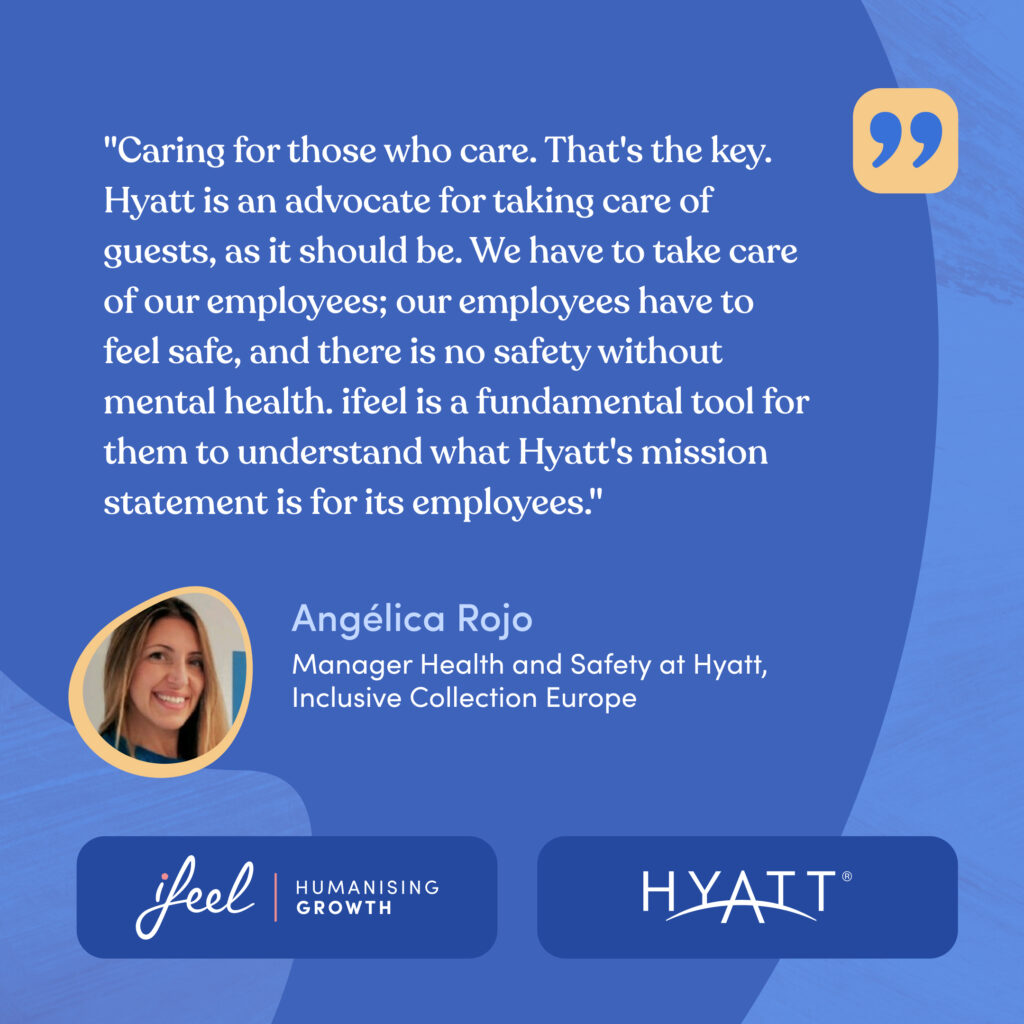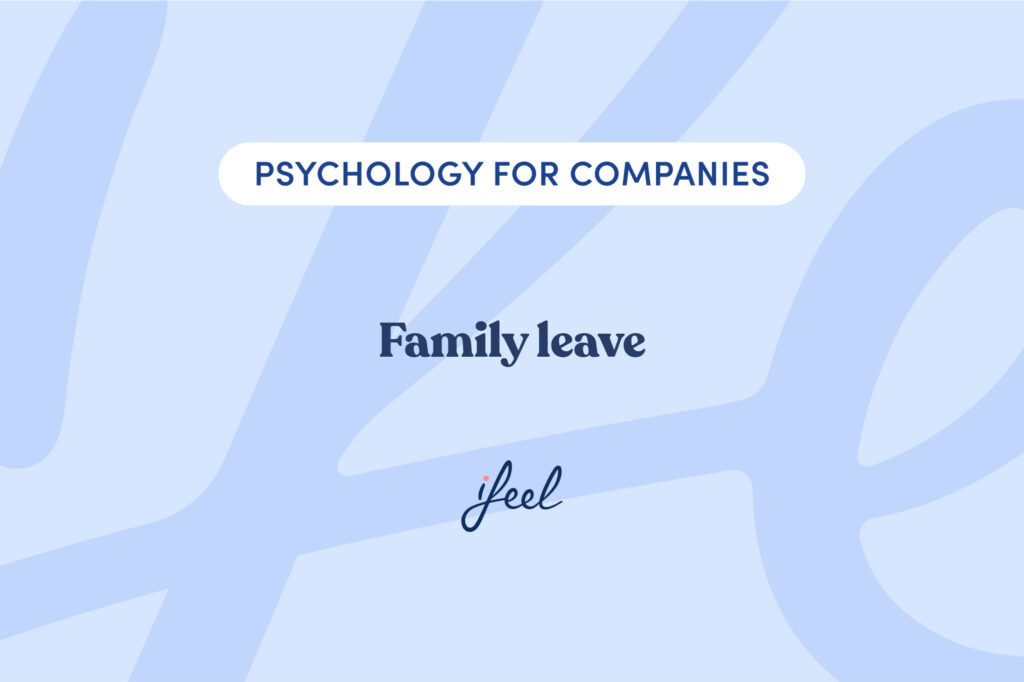Family leave is a critical aspect of employee benefits that not only supports the well-being of employees but also reflects the values and culture of an organisation. As people managers, understanding the nuances of family leave policies and how to implement them effectively is essential for maintaining a supportive and productive workplace.
What policies do you have in place to support employees’ time off?
Understanding family leave
Family-related leave encompasses a range of policies designed to give employees the time they need to care for their families, including parental leave, maternity or paternity leave, and leave for caring for a sick family member. These policies are crucial for supporting employees through significant life events such as childbirth, adoption, or family illness. By providing a structured approach to leave, organisations can mitigate the stress associated with balancing professional and personal responsibilities, thereby enhancing employee satisfaction and well-being.
Moreover, family leave policies demonstrate an organisation’s commitment to valuing its employees’ personal lives, ultimately fostering loyalty and retention. Employees who feel that their family needs are respected by their employer are more likely to remain engaged and committed to their roles. It’s essential for people managers to understand these aspects to ensure that employees can fully utilise family leave benefits while maintaining productivity and operational efficiency.
How to implement effective family-related leave policies
Family leave policies can be successfully implemented by focusing on several key strategies that respect both the needs of employees and the operational requirements of the organisation:
1. Educate and communicate: Clearly communicate the details of the policies to all employees. People managers should ensure that employees are aware of their rights and the procedures to access family leave. This can be achieved through regular training sessions and updates.
2. Plan for coverage: Anticipate potential absences and plan accordingly. People managers should develop strategies to manage workloads during an employee’s leave, such as cross-training team members or hiring temporary staff.
3. Foster a supportive environment: Encourage open discussions without stigma or fear of retribution. A supportive environment ensures that employees feel comfortable communicating their needs regarding family leave.
4. Offer flexible options: Where possible, provide flexibility in how family leave is taken. This might include options for part-time work or remote work arrangements upon returning from leave.
5. Monitor and evaluate: Regularly review policies and their implementation to ensure they meet employee needs and organisational goals. Solicit feedback from employees to identify areas for improvement.

Benefits of supporting family leave
Implementing robust family leave policies yields numerous benefits for both employees and the organisation:
- Improved employee well-being: It allows employees to manage personal responsibilities without sacrificing their career, contributing to overall well-being and job satisfaction.
- Increased retention: By offering family leave, organisations demonstrate a commitment to employee needs, leading to greater loyalty and reduced turnover.
- Enhanced company reputation: Organisations with supportive policies are often viewed more favourably, enhancing their reputation as an employer of choice.
- Boosted productivity: Employees who feel supported in their personal lives are typically more engaged and productive at work.
UK policies on family leave
Understanding UK policies on family leave is essential for effective management. Below is a summary of key policies:
| Policy Type | Description |
|---|---|
| Parental Leave | Eligible employees can take up to 18 weeks of unpaid leave to care for their child, available until the child’s 18th birthday. |
| Maternity Leave | Pregnant employees are entitled to up to 52 weeks of maternity leave, with statutory maternity pay available for up to 39 weeks. |
| Paternity Leave | Fathers or partners can take up to two weeks of leave following the birth or adoption of a child, with statutory paternity pay. |
| Shared Parental Leave | Parents can share up to 50 weeks of leave and 37 weeks of pay after the birth or adoption of a child, allowing greater flexibility. |
These policies ensure compliance and provide necessary support to employees managing their family responsibilities.
Types of family time-off
Understanding the various types of family leave is essential for people managers to facilitate effective policy implementation:
| Leave Type | Description |
|---|---|
| Parental leave | Time off for new parents to care for their newborn or newly adopted child, supporting bonding and adjustment. |
| Maternity leave | Leave for mothers around childbirth to recover and care for their infants. |
| Paternity leave | Leave for fathers to support their partners and engage with their newborns. |
| Carer’s leave | Time off for employees to care for sick or elderly family members, ensuring they can manage personal responsibilities. |
The Leadership Lens🔎
Leadership plays a crucial role in shaping the perception and implementation of family leave policies within an organisation. By advocating for policy improvements and promoting inclusivity, leaders ensure that family leave accommodates diverse family dynamics and needs. This commitment reflects the organisation’s broader values of diversity and equality, reinforcing its reputation as an employer of choice.
Furthermore, leaders can encourage a culture that prioritises work-life balance by supporting flexible arrangements and maintaining open communication about family leave policies. By leading by example and facilitating smooth transitions for employees taking leave, leaders ensure that these policies are seamlessly integrated into daily operations, enhancing employee well-being and organisational productivity.
Mental health at work, one of the biggest challenges facing organisations today
By recognising and implementing comprehensive family leave policies, people managers can significantly impact employee well-being and organisational success. These policies not only support employees in their personal lives but also foster a positive workplace culture that values family and work-life balance.
To support you in this process, at ifeel we have designed a handbook on emotional intelligence for leaders, which will allow you to transform your leadership and benefit your entire organisation. Download it for free!
In addition, our clinical team provides leading companies in their sector with a dynamic, scalable and fully personalised solution, powered by AI. We have a strategy and approach based on key data to help organisations with a global presence address one of the biggest business challenges of our time: mental health at work.
This solution offers employees a mental health care service structured at different levels depending on their needs at any given time. Discover our Resources section where you will find different materials, such as webinars, podcasts, guides for human resources on current topics and interviews with leaders of large organisations.
Data-driven methodology
Our mental health solution for enterprises employs evidence-based practices and innovative methods, backed by the latest research and a network of over 600 mental health professionals. Would you like to know more about our Clinical Research Department? Don’t forget to visit this section to stay informed about the latest studies and research in mental health in corporate environments.
We hope you found this article on family leave interesting.
If you would like more information about the ROI of our personalised mental health solution for enterprises, simply request it here. Our team will calculate the ROI based on your enterprise’s specific characteristics.











